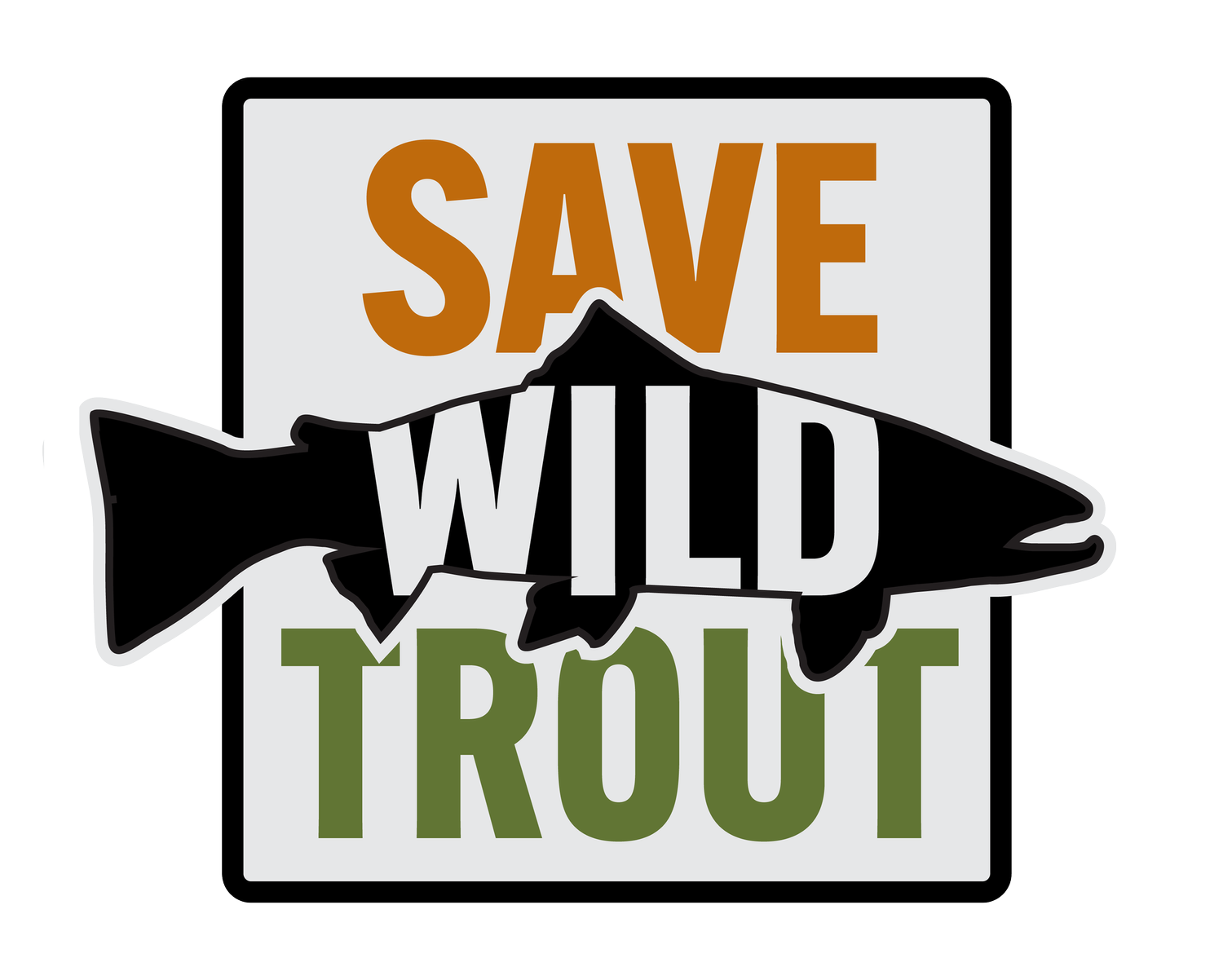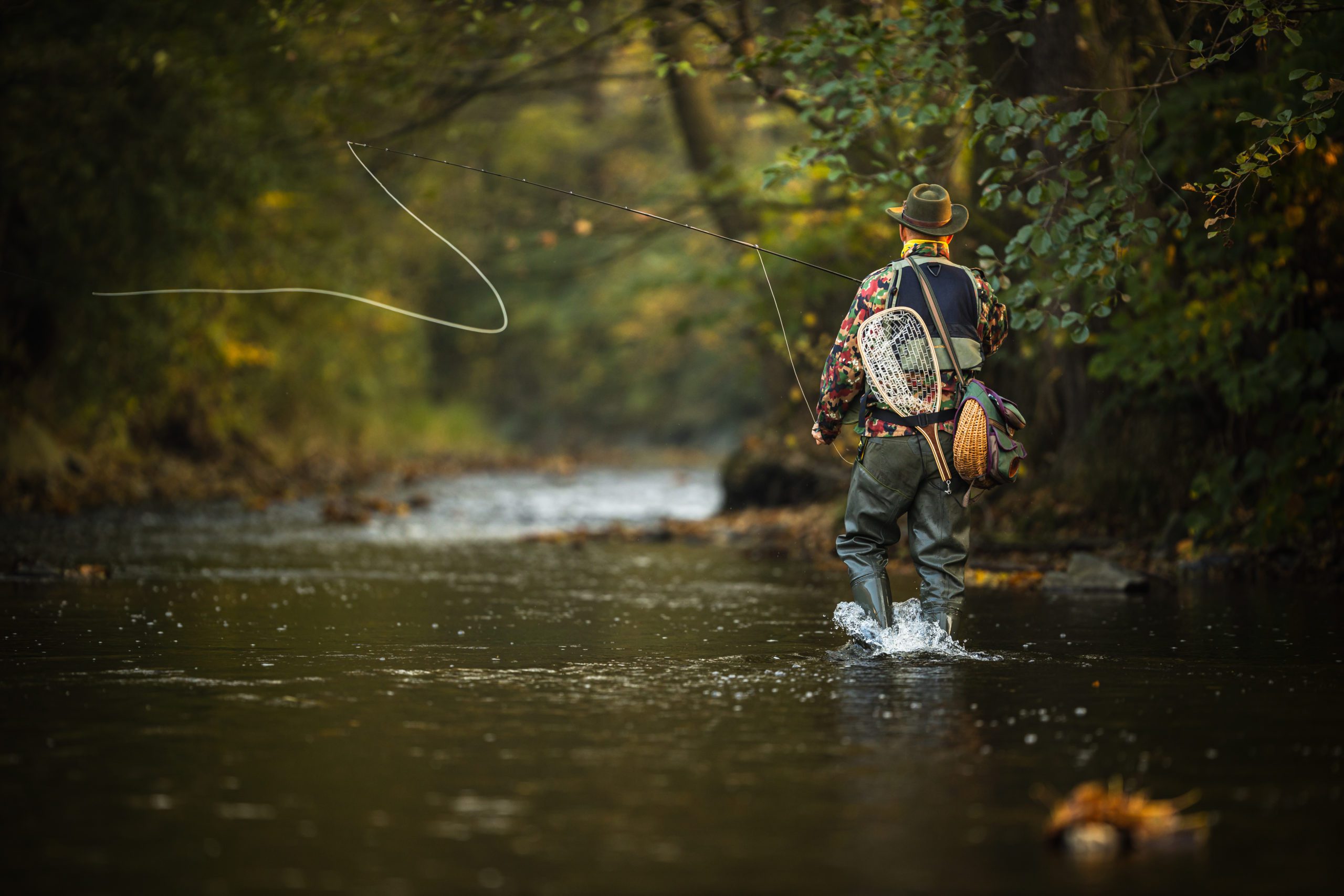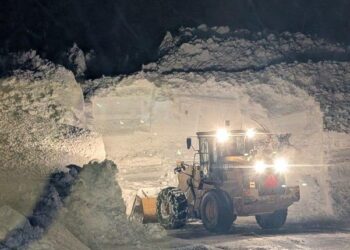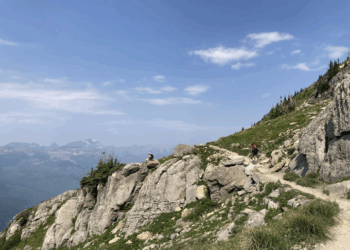Nearing the point of no return on the Big Hole
Benjamin Alva Polley EBS CONTRIBUTOR
The Jefferson Basin, including the Big Hole River, the Beaverhead, and the Ruby, are the crown jewels of Montana’s cold-water fishery—the last best place. However, in the last decade, the wild trout population has been crashing drastically, and no state or federal agency knows precisely why.

Save Wild Trout is an organization that has stepped up in a dire time to try to alleviate the heavy loads these agencies carry, and is also trying to fill in the necessary gaps in research to find the culprit causing trout to die.
Montana Fish, Wildlife and Parks, the state agency that oversees the state’s fisheries, has noticed a scary decline and rapid loss in recruitment in brown and rainbow trout populations in the Big Hole River; some numbers are under the 25th percentile of what they were ten years ago, and the river continues to have the lowest trout populations on record since record collections began in 1969.
Greg Lemon, spokesperson for FWP, told EBS that 10 years ago, in the uppermost section of the Big Hole River, FWP biologists estimated that it had a combined tally of 2,000-2,200 brown and rainbow trout per mile. As of last season, they were counting 1,000 fish per mile. The Melrose sections are estimated to have less than 500 fish per mile and the lower Big Hole is estimated to have 500-700. Annually, each March and April, Montana Fish, Wildlife, and Park biologists electroshock sections of the Big Hole River to count and survey fish. They only count fish that are seven inches or longer. In the last several years, they have found below-average recruitment, affecting future generations.
Additionally, zombie fish are caught with visible fungal infections, blind eyeballs, skin lesions and missing gill plate chunks. Fish continue to die in early spring and summer when there is plenty of water and temperatures are cold, which shouldn’t be happening. Nutrient overloads continue to cause algal blooms that haunt this once mighty blue-ribbon, world-class trout stream. Some stress is pressuring the fish populations, and they cannot adapt.
“After multiple years of drought, a surge in population growth, and some stunning weather events, Montanans need to work together to ensure that the next generation of fishermen have the same opportunities we have enjoyed,” Vermillion said.
According to the Montana Department of Commerce, fly fishing in Montana is a multi-million-dollar industry, supporting over 52,000 jobs. Thousands depend on the Big Hole and surrounding Beaverhead County to pay their bills.
Save Wild Trout said they want Gov. Greg Gianforte to call a state of emergency for the fish population’s crash and to take the urgency more seriously. Take last year, for example—good snowpack, high water and cold-water temperatures—and they still had persistent problems of fish dying and zero recruitment along the Big Hole River.
“The Governor has lots of powers to help make some immediate decisions, just like with the flood in Yellowstone, which potentially wiped out an economic summer tourism season,” said Wade Fellin, co-owner of the Big Hole Lodge and Save Wild Trout organizer. “Creating a cold-water taskforce in addition to declaring a state of emergency for the basin could bring additional resources to bear and enhance cooperation across agencies.”
A patchwork quilt of varying regulations managed by various agencies monitors these Blue Ribbon trout streams from Montana Fish Wildlife and Parks, the Montana Department of Quality, the Department of Natural Resource Conservation, and the United States Geological Survey. These agencies have yet to figure out the culprit harming these rivers. FWP conducts sampling for fish health, monitors flows and temperatures, publishes fish counts, and regulates angler use. MT DEQ monitors water quality and usage, and the DNRC looks at water quantity.
“Cold-water fisheries and wild trout management are like a three-legged stool with one leg being biological health, another physical, and the other chemical, which is water quality,” Fellin said. “The physical means you need good flows and healthy habitat, but wild trout also require clean water, and in particular nutrient pollution, dissolved oxygen, and water temperature matter immensely.”
Save Wild Trout was formed to support ongoing efforts to address Montana’s fisheries’ challenges and to support research and communication between the different stakeholders in southwest Montana’s fishery management. This non-profit organization is a growing alliance of anglers, river advocates, concerned citizens, biologists, businesses, guides and outfitters who are trying to bridge the gaps between federal and state agencies and open up the lines of communication so each agency isn’t walled off in their individual silos.
“What we are seeing here is a bifurcation or siloing off of the managing agencies, all of the way from the top and the feds, all the way down to local governments where collaboration and communication and working toward the best outcomes and best practices must be improved if we hope to reverse this troubling trend,” Fellin said. “It’s encouraging to see that the community is stepping up, and agencies, like FWP and DEQ, are starting to work together. We need all hands on deck.”
This catalyst spawned this organization to create allies and partners with various backgrounds because “people are talking past each other and not to one another,” Fellin continued. “The right hand was not talking to the left hand.”
Save Wild Trout was formed to find a more holistic, reimagined management paradigm under climate change, the new reality that includes more development and more people pressure on the rivers. And southwest Montana is ground zero.
“An independent effort by Save Wild Trout is being initiated immediately to help get at the targeted study of fish pathology now, to commission an outside expert to help identify causes and propose solutions, specifically to get a live tissue sample of an infected fish, and provide that data to FWP to help inform their Fish Mortality Study once it begins next year,” said Brian Wheeler, executive director of The Big Hole River Foundation and serves on the advisory board for Save Wild Trout.
Wheeler is also spearheading BHRF’s water quality monitoring program, which is designed to complement the work being done by state agency folks.
“To work together and provide them with useful and relevant data that they don’t have the capacity to collect,” says Wheeler.
For the analogy of the stool to stand and support life, the legs must not be isolated but work together in unison to hold up the gold standard of high-quality blue-ribbon trout streams—and that is what Save Wild Trout aims to do.















